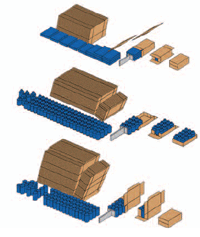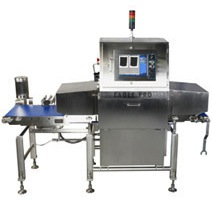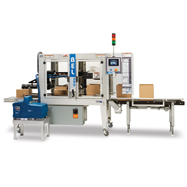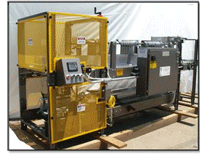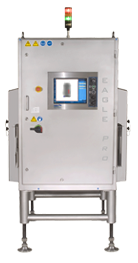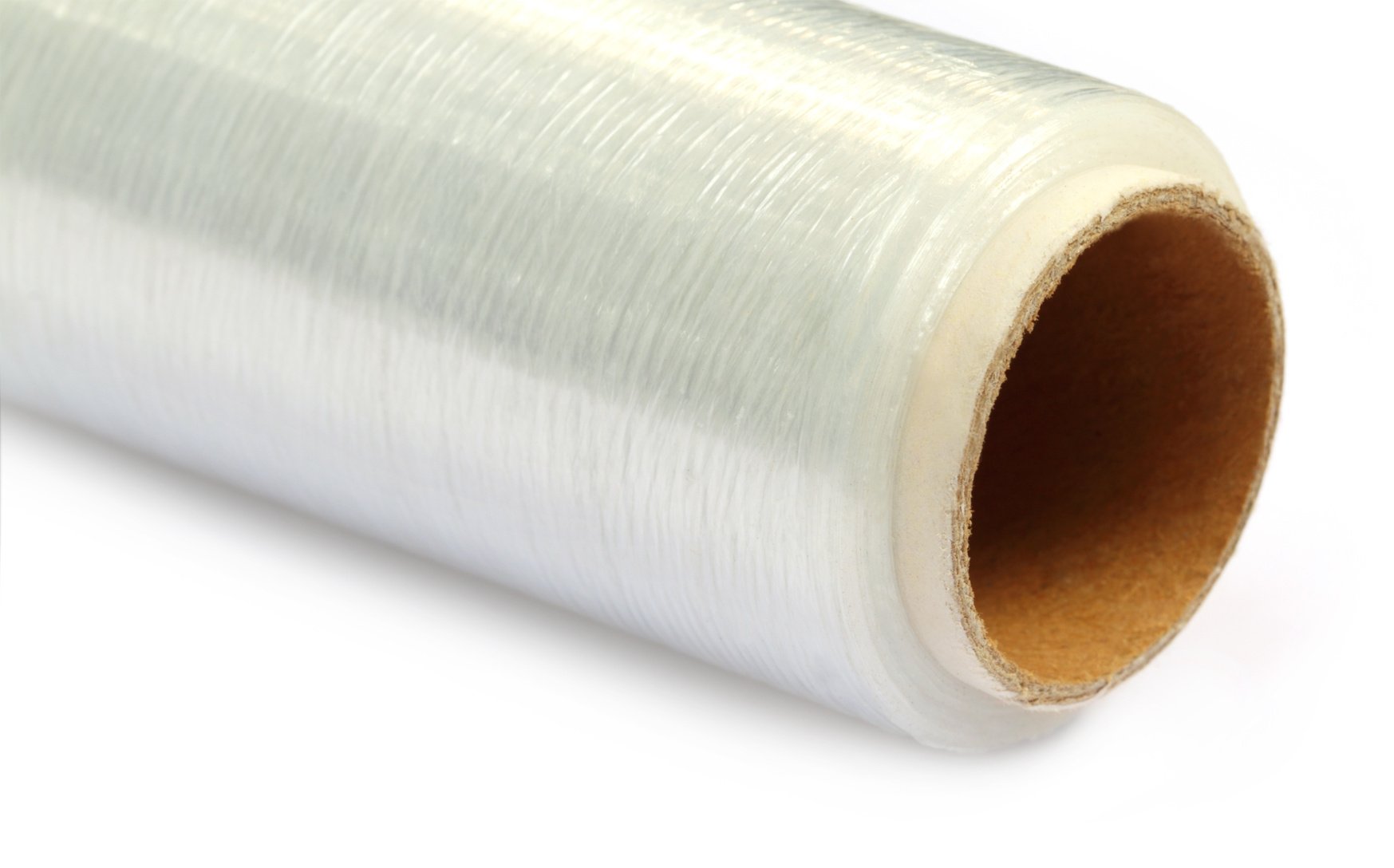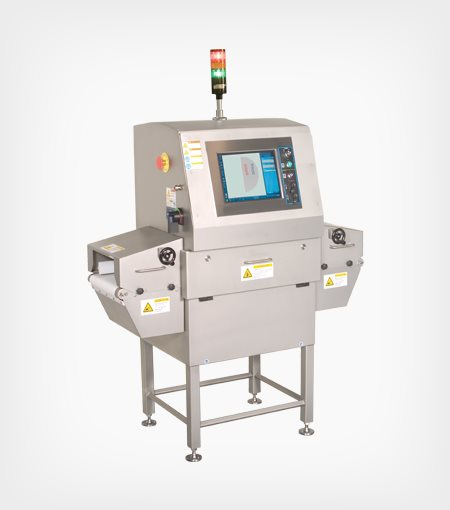The final stretch of your manufacturing process, where your products are packed and readied to ship to your customers/clients wherever they may be, is often a huge part of any manufacturer’s operational expenses.
Plan Automation Technology Blog
Mat Bedard
Recent Posts
What are the Best Ways to Optimize Your End of Line Processes?
Topics: End of Line Automation
What You Can Do to Stop Production Equipment Contamination
For any packaged food company, production equipment contamination can be a nightmare. Whether it’s metal shavings falling into food mixers, or pens getting dropped onto a conveyor belt carrying loose-packed ingredients, product contamination is bad news.
Topics: X-Ray Inspection
For years now, x-ray product inspection systems have been a trusted inspection technology for the packaged food industry.
Topics: X-Ray Inspection
End of line automation such as case packing systems is a fairly important part of keeping up as a manufacturer in today’s world. With the right system, you can make sure that there are no holdups in production and that product can roll smoothly out of your manufacturing floor and onto shipping trucks so that they can reach your customers and the mass market.
Topics: Case Packing
Modern, automated case packing technologies are the ultimate form of end of line automation. By optimizing packing processes and virtually eliminating all wasteful, tedious product packaging behaviors from the manufacturing floor, automated packaging solutions not only help companies meet save time on labor requirements, but also make the most of their distribution dollar.
Topics: Case Packing
Eagle PI Weighs in on the Future of Food Industry X-Ray Inspection
A lot of companies in the food industry have to keep a careful eye on the horizon. With the constant introduction of new regulations, standards, and technologies, it’s easy to see why any packaged food company would be concerned about the future.
Topics: Food Inspection
Can X-Ray Inspection Work on Metalized Film Packaging?
There are many different kinds of product packaging used by modern food manufacturers. Packaging types such as Styrofoam, plastic, cardboard, and metal all present different challenges for product inspection.
Topics: Metal Detection
A Guide to Stretch Wrapping and its Benefits for You
Every manufacturer has to contend with the challenge of keeping their products safe on the journey from the factory floor to the customer’s store.
There are many factors that can make the simple-sounding task of delivering goods from point A to point B a veritable minefield of potential hazards, including:
Topics: Stretch Wrapping
Production Engineering and Process Design Made Simple
Within the food, beverage and organic goods industries, the choices you make for processing, engineering and automation can largely determine the success of your branding efforts in today’s crowded marketplaces. Establishing market value and gaining a strategic advantage against competition has never been more important for producers than it is today.
Topics: process design
Quality Vs. Quantity in Food Inspection: Which is Better?
The struggle between quality and quantity in food production is as old as the practice of selling food. On the one hand, the more food you can produce, the more supply you’ll have to sell and the more money you can make. Without quantity, you won’t be able to meet demand for your products, creating an opportunity for competitors to close the gap with their own knockoff products.
On the other hand, you need your products to meet certain quality standards. Not just for regulatory compliance, but to keep consumers satisfied with the product and coming back for more.
Topics: Food Inspection



